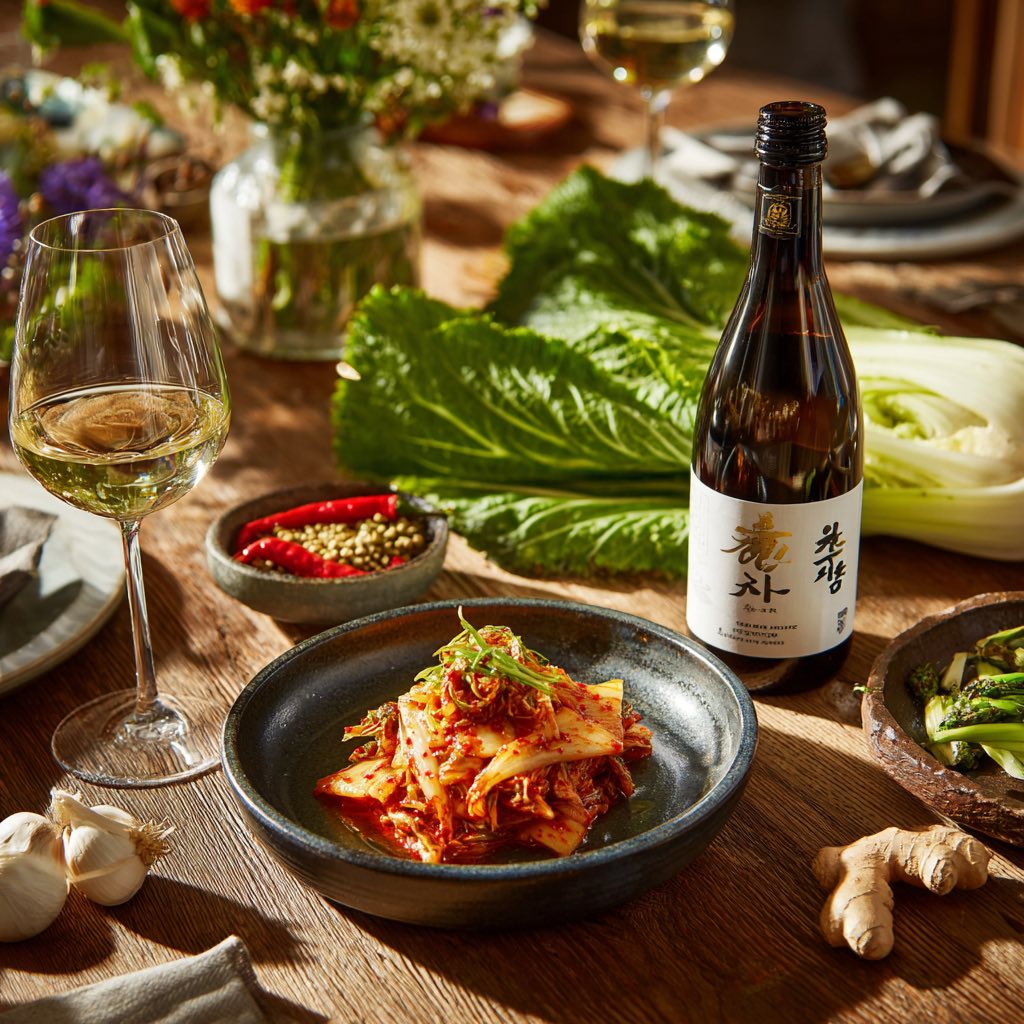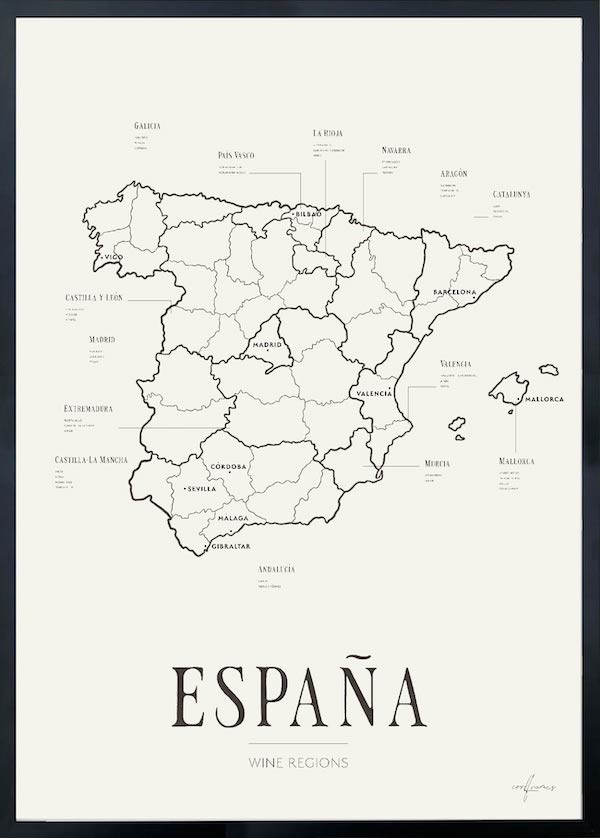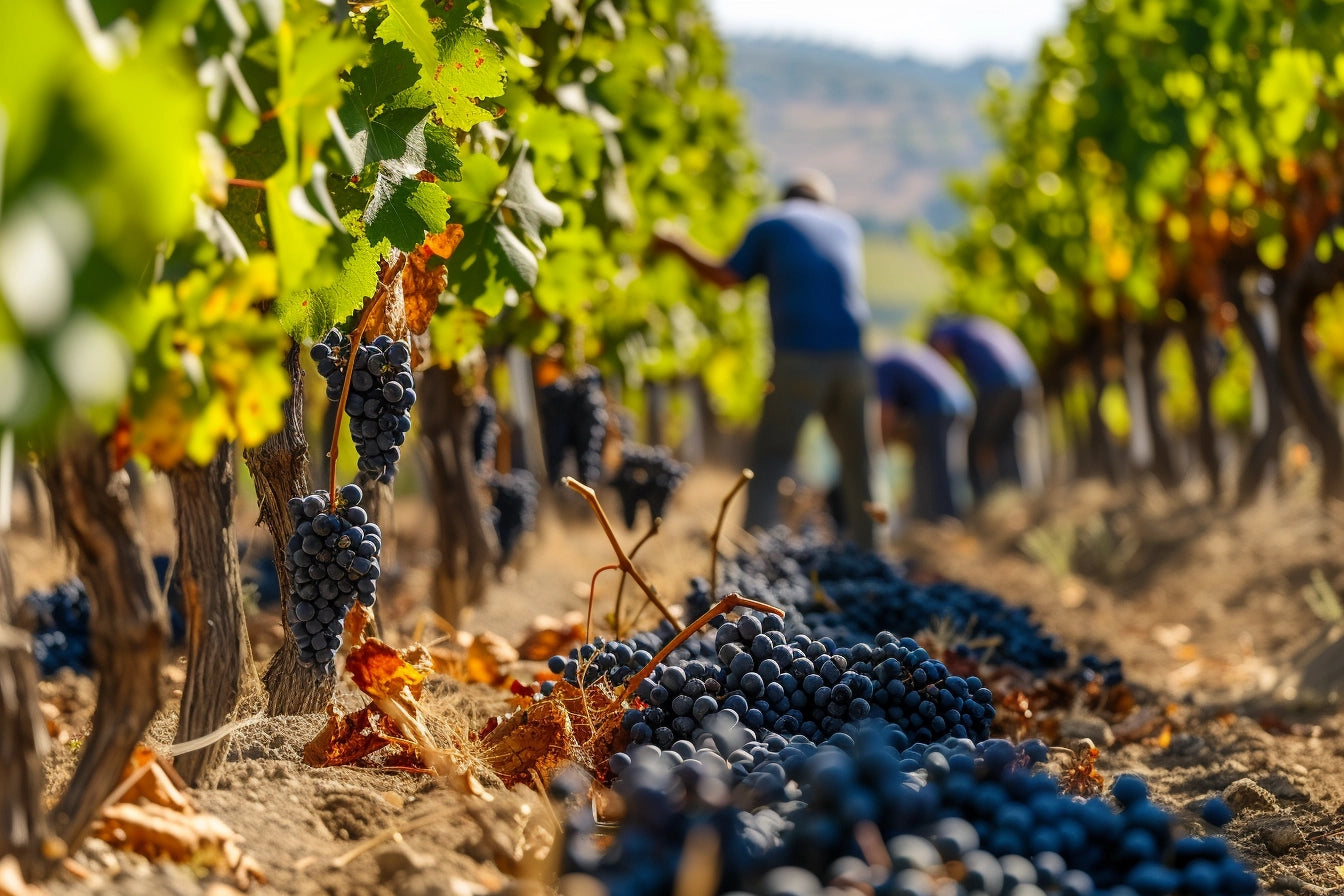The olive tree is one of the Mediterranean’s most iconic plants, a symbol of vitality, peace, and resilience. With a life cycle that can stretch over thousands of years, it not only produces fruit but also carries a story that unites generations.
From Seed to Sapling
An olive tree can grow from a seed, but in practice it is most often propagated through cuttings or grafting. This preserves the variety’s characteristics and allows the tree to bear fruit earlier. When grown from seed, it takes longer before the tree produces olives, and the quality of the fruit can be less predictable.
When Does the Olive Tree Start Bearing Fruit?
Grafted or cutting-propagated olive trees may begin producing fruit after just 3–5 years. Trees grown from seed usually take 8–12 years. Full production is typically reached between 30 and 70 years of age.
The fruit ripens once per year, usually from October to January, depending on the variety and growing conditions. Harvesting is not only an agricultural event but also a cultural tradition across the Mediterranean.
Lifespan – from Centuries to Millennia
Olive trees are exceptionally long-lived. Many reach 500–1,000 years, and several famous specimens are believed to be 2,000–3,000 years old. A unique feature is that even if the trunk dies, the root system can continue to send up new shoots, making the tree almost immortal. Some of the world’s oldest olive trees can be found in Crete, Israel, and Sardinia.
The Diversity of Olive Trees
There are more than 1,000 registered olive varieties worldwide, and estimates suggest more than 1,200. Many are local and adapted to a specific climate.
Some are cultivated primarily for olive oil, while others are grown as table olives – olives intended to be eaten after curing or marinating. Certain varieties are used for both purposes.
Examples of Famous Varieties
-
Arbequina (Spain): small and mild, ideal for aromatic olive oil.
-
Koroneiki (Greece): rich in polyphenols, producing robust and long-lasting oil.
-
Frantoio (Italy): a classic Tuscan variety with fruity, balanced flavor.
-
Kalamata (Greece): large, almond-shaped and world-renowned as a table olive.
Symbolism and Heritage
For thousands of years, the olive tree has symbolized peace, strength, and eternal life. It is not only a crop but also a cultural heritage tied to gastronomy, traditions, and craftsmanship. An olive tree in a courtyard or garden often becomes a symbol of continuity and deep roots passed on through generations.
The life cycle of the olive tree is a story of patience and endurance – from a tiny seed in the soil to millennia-old trees that still provide olives and oil to the world.




























